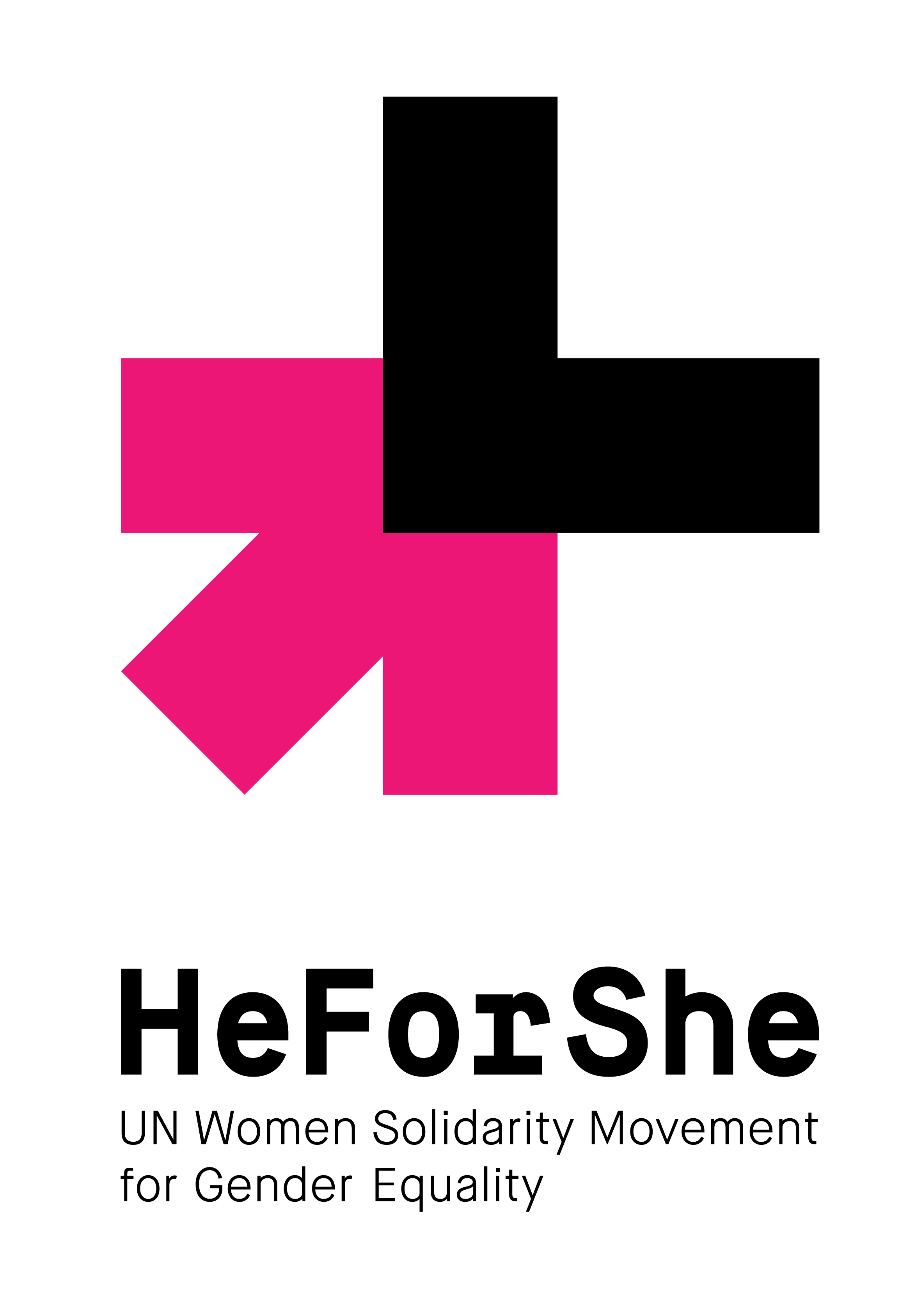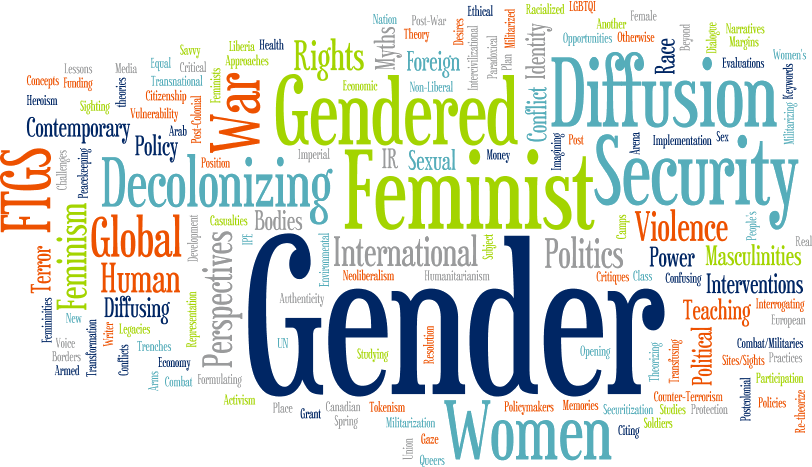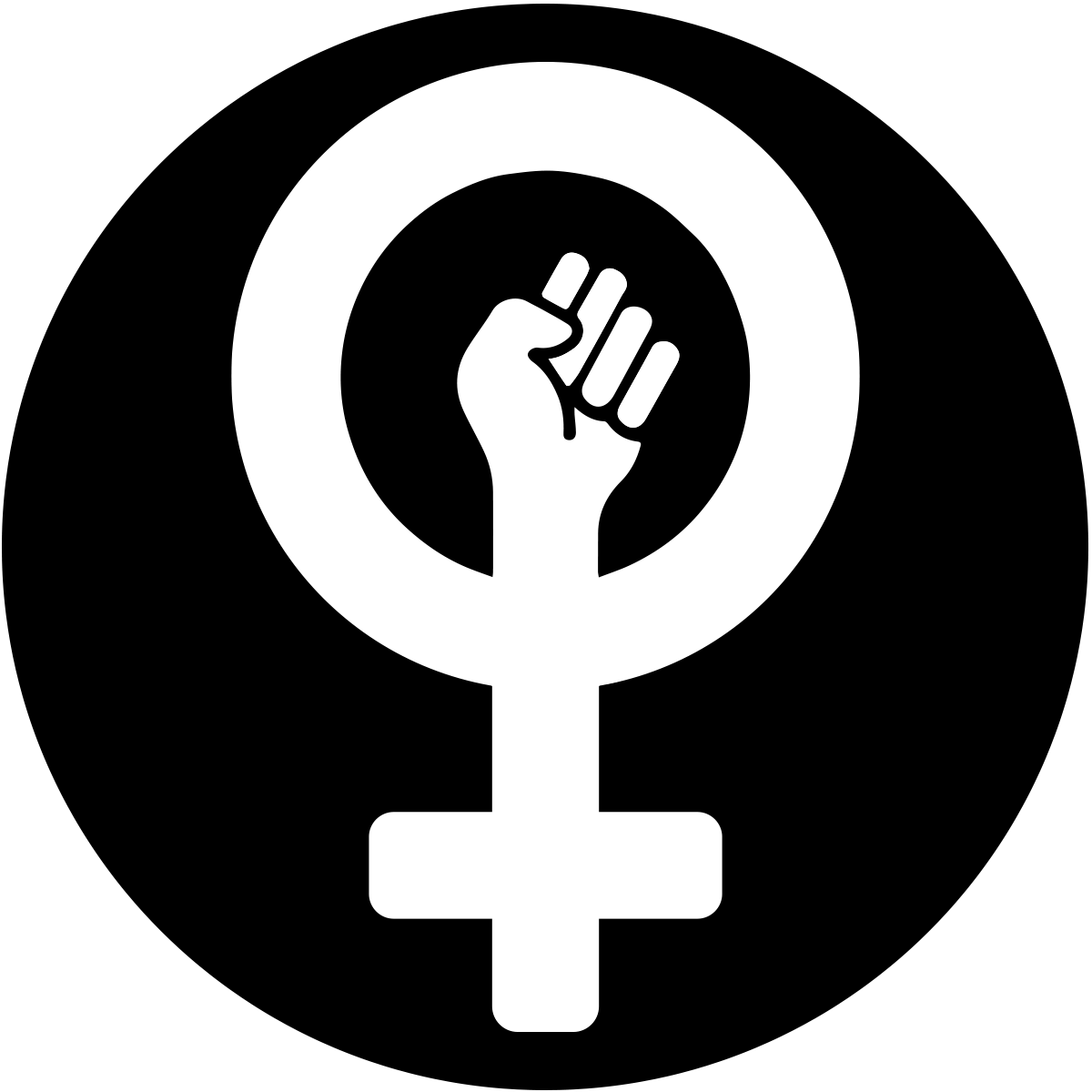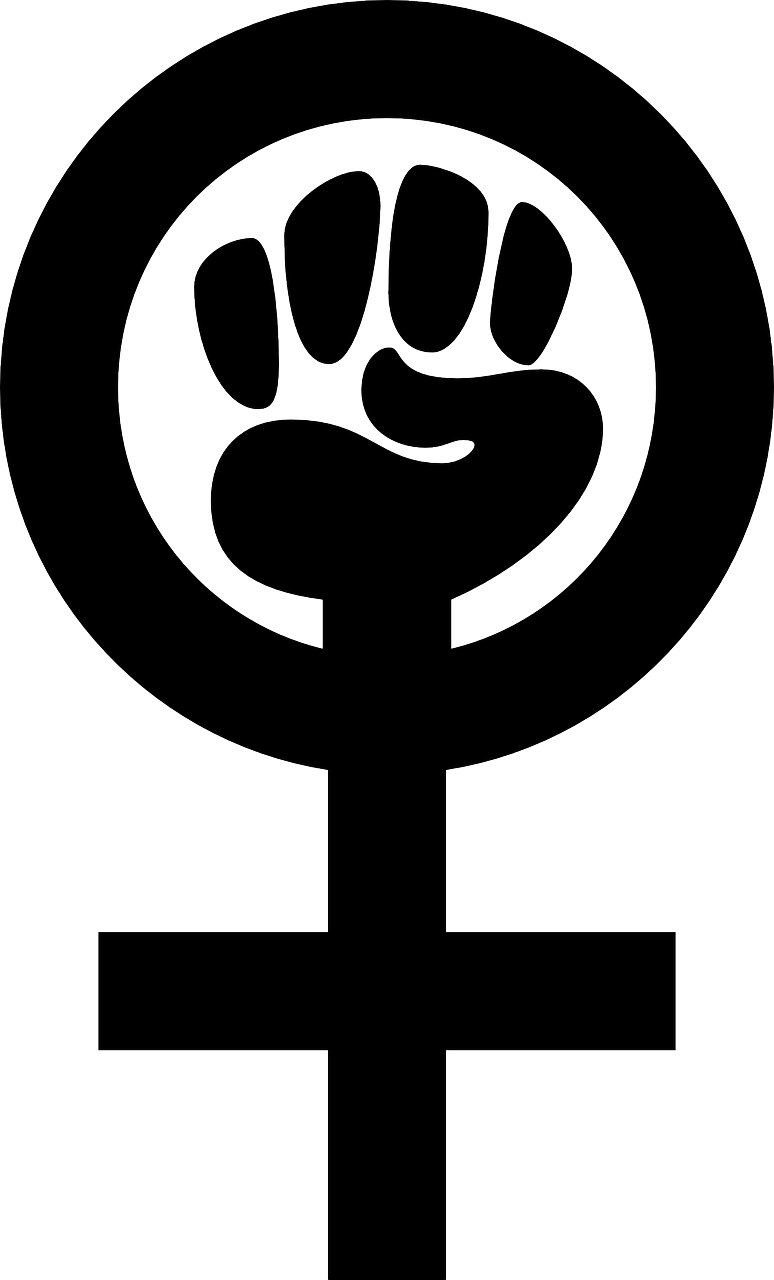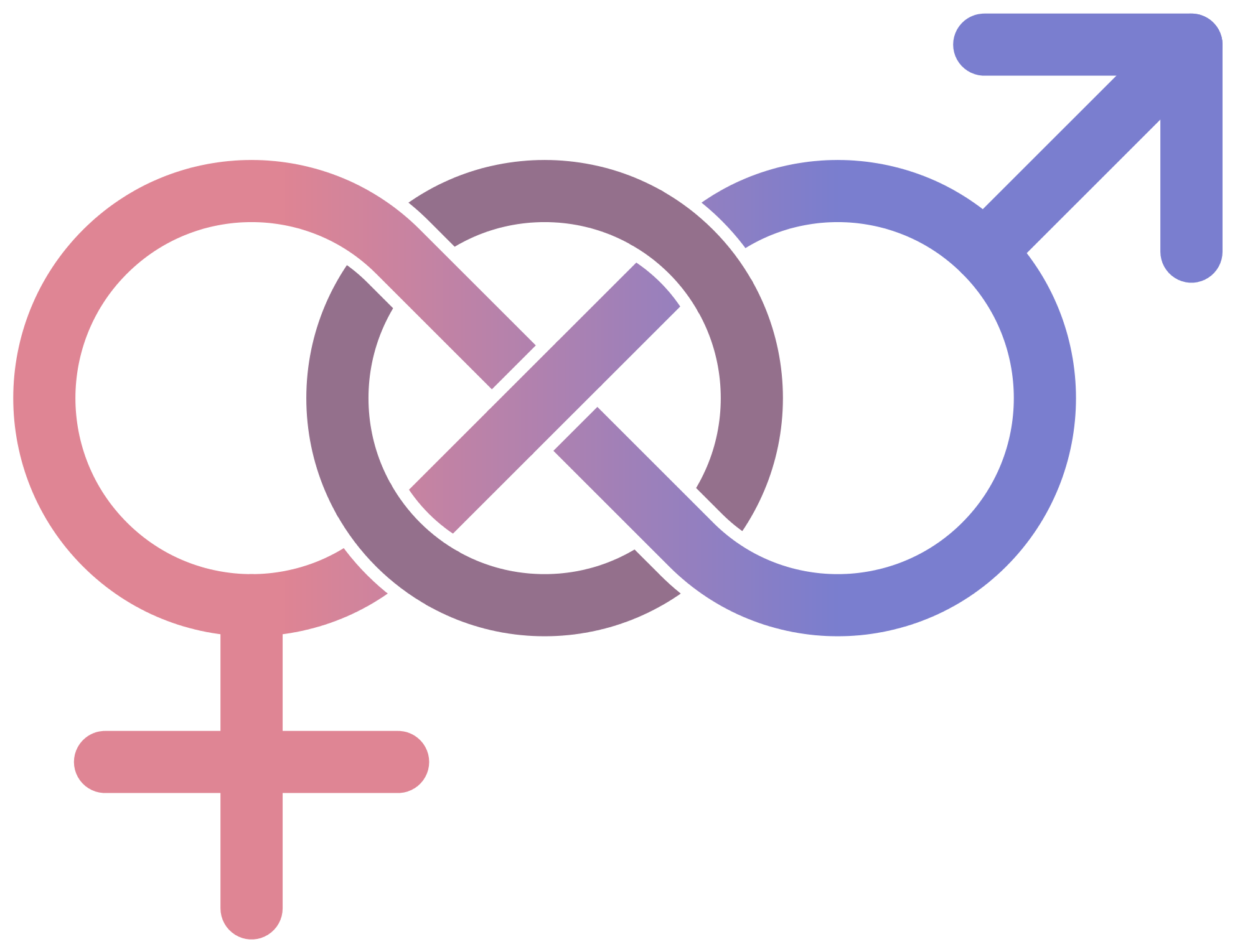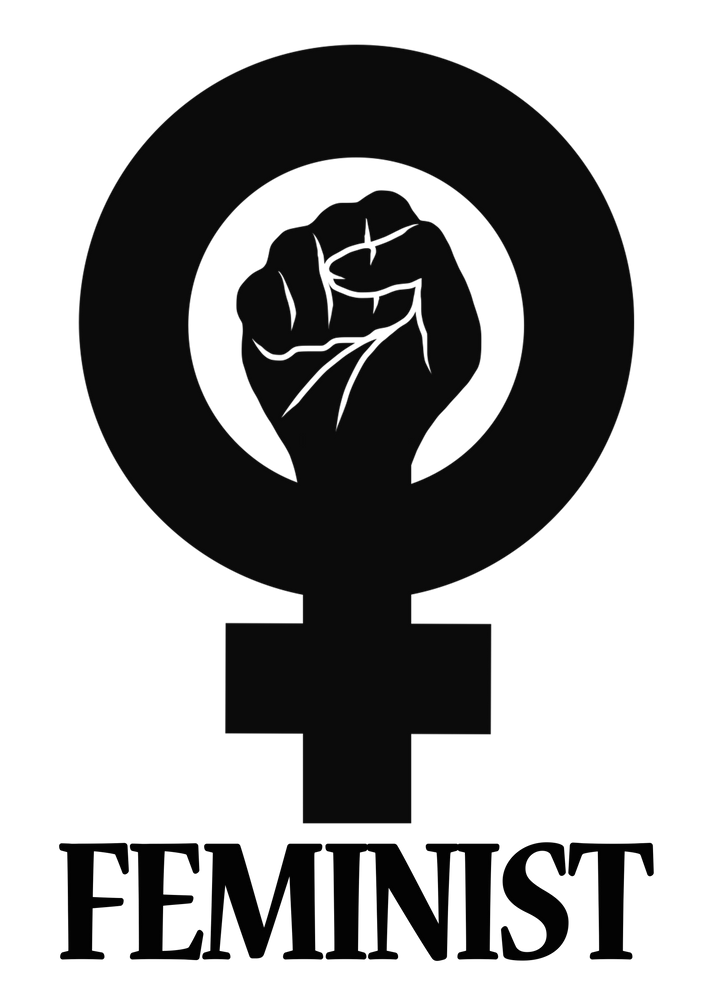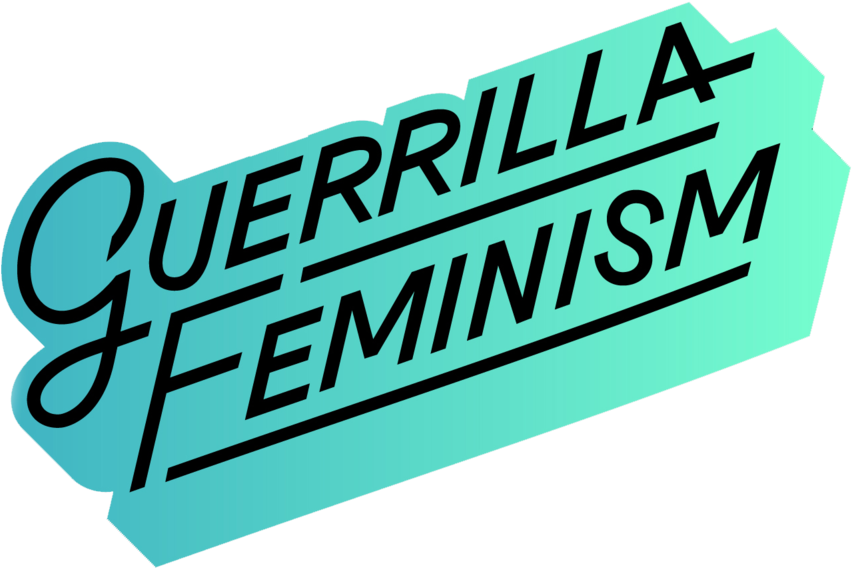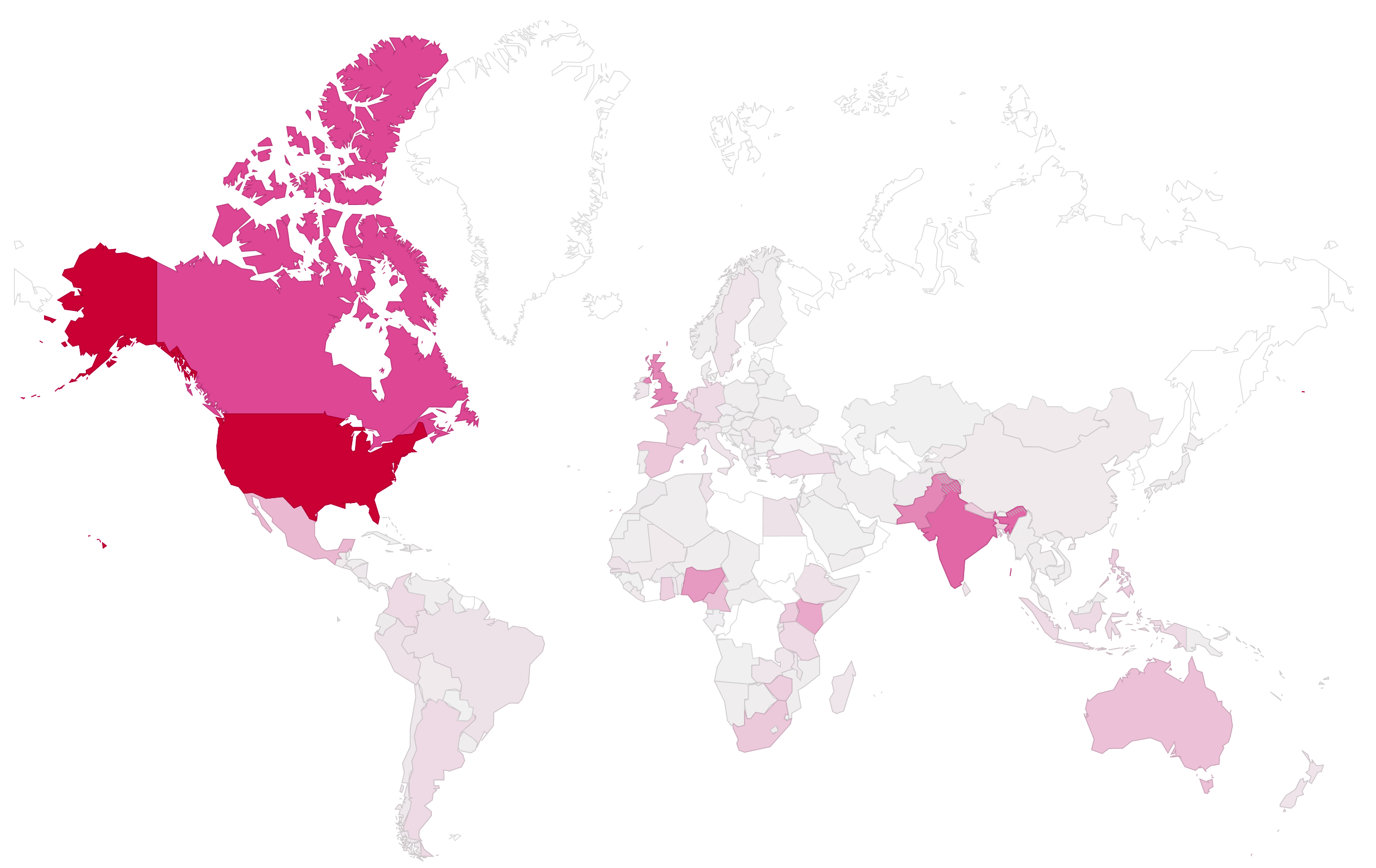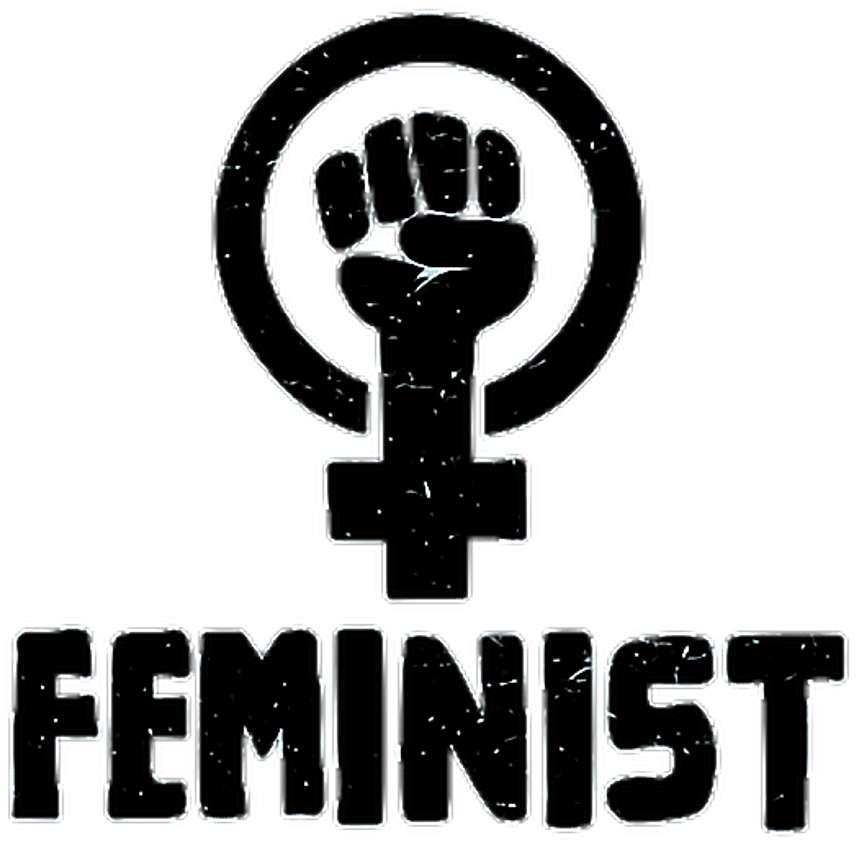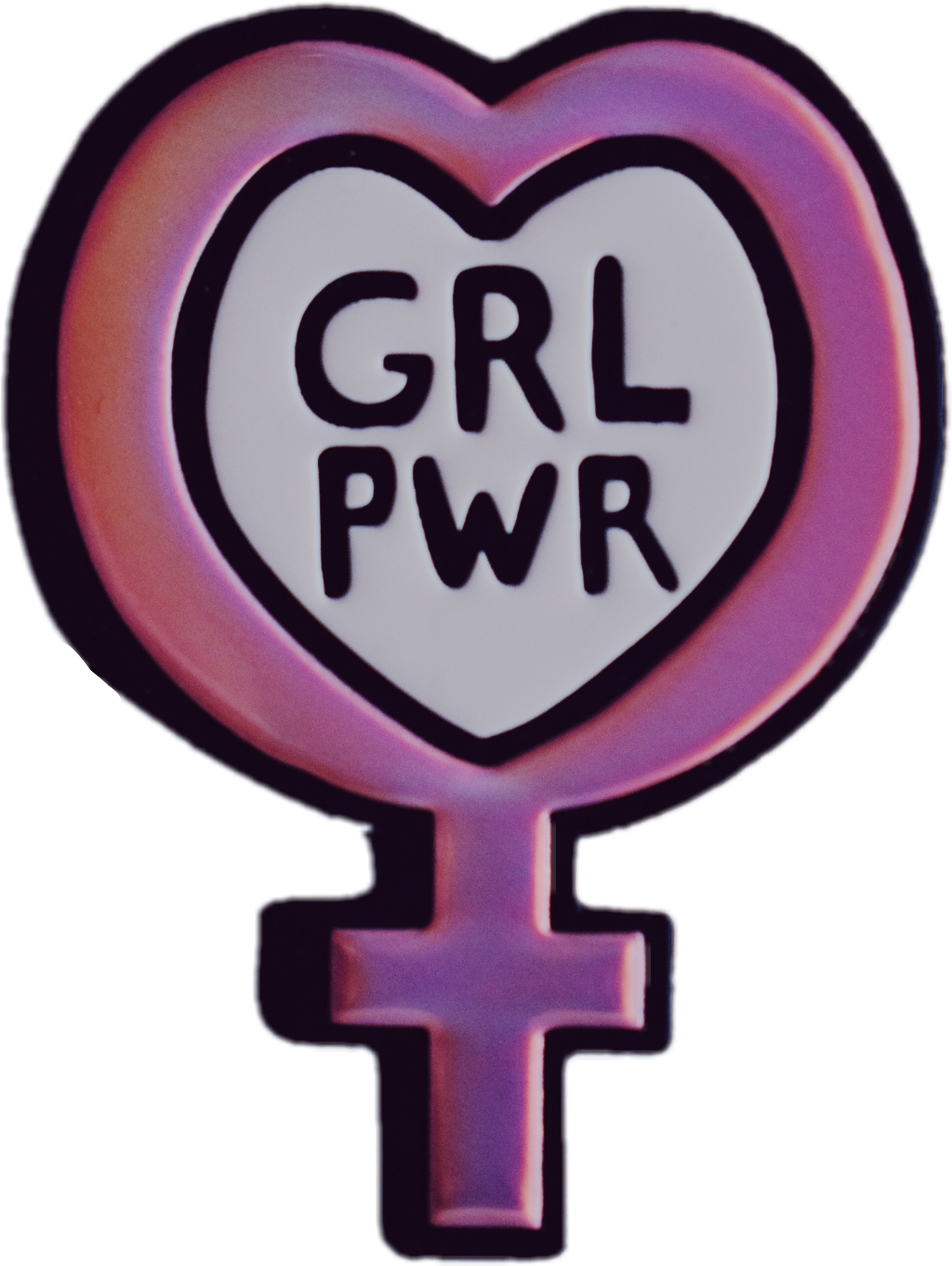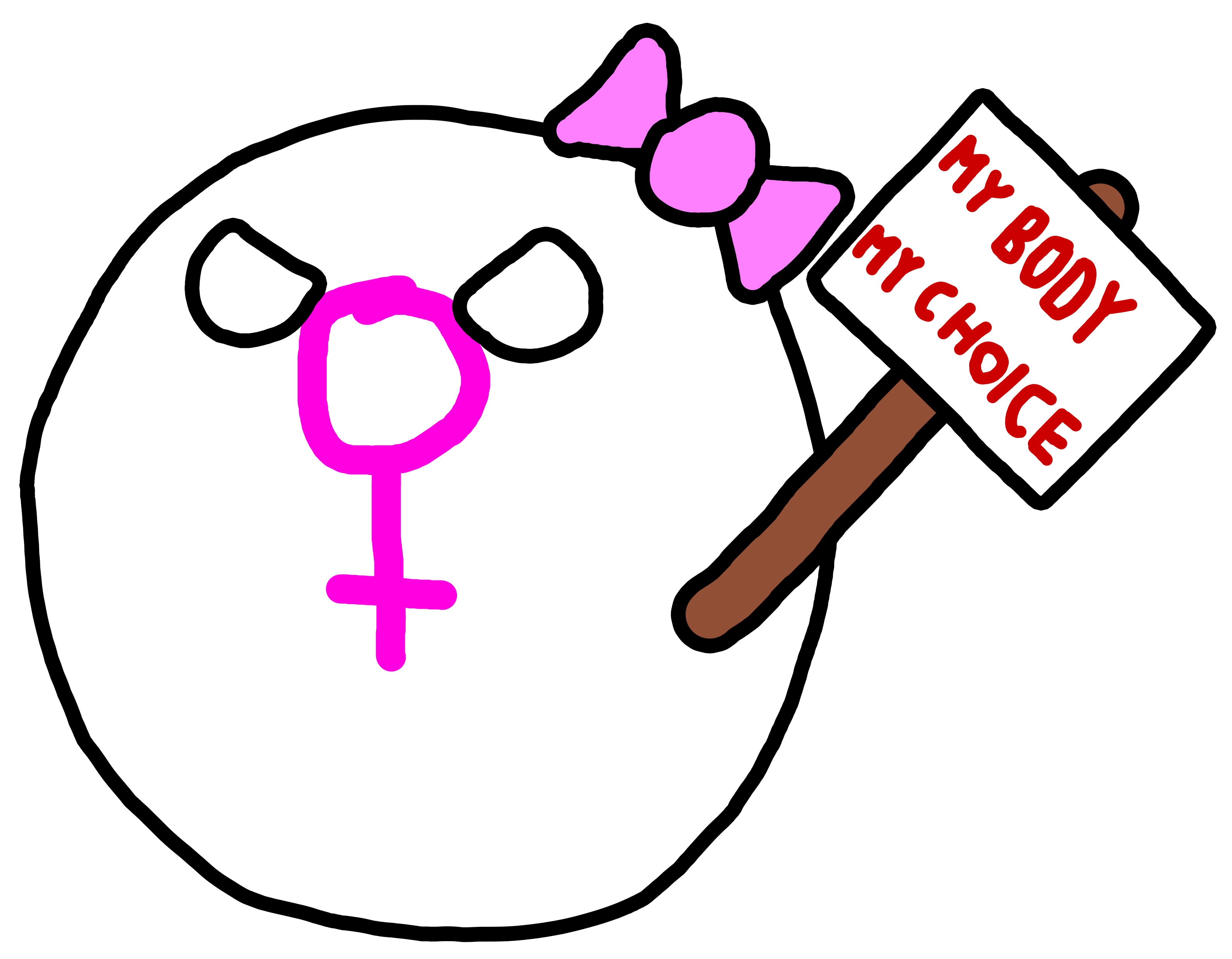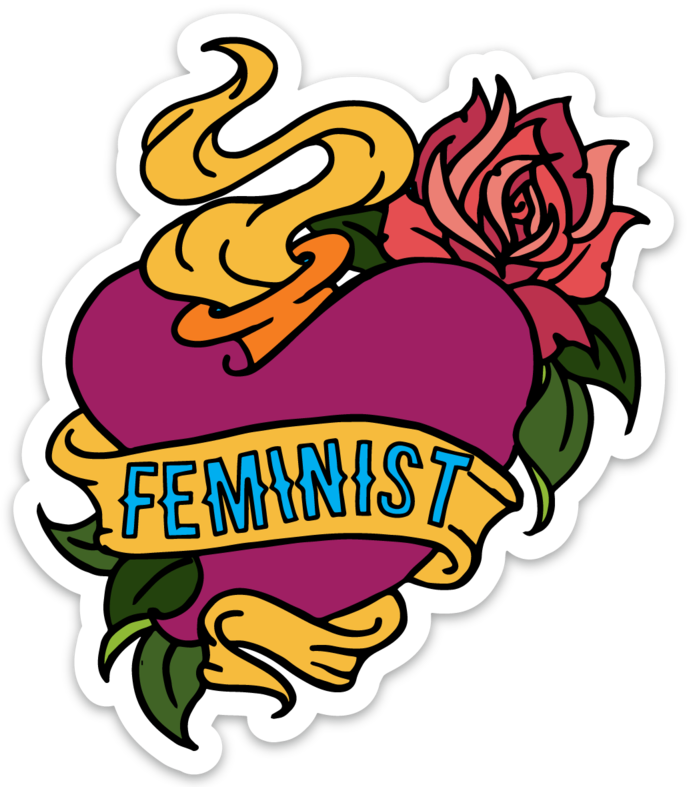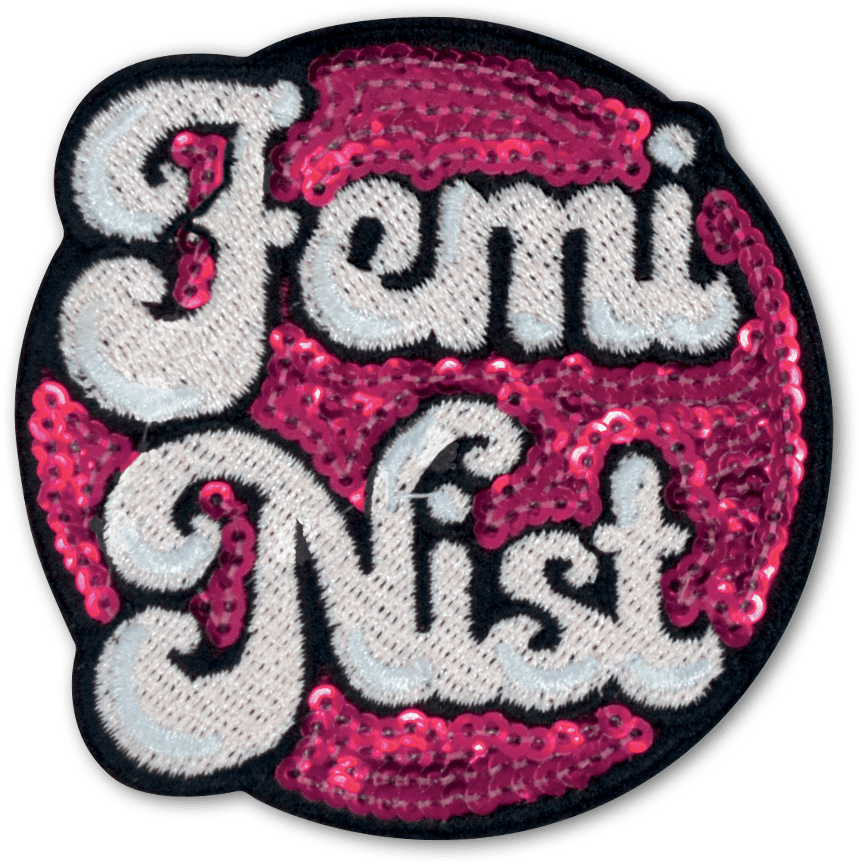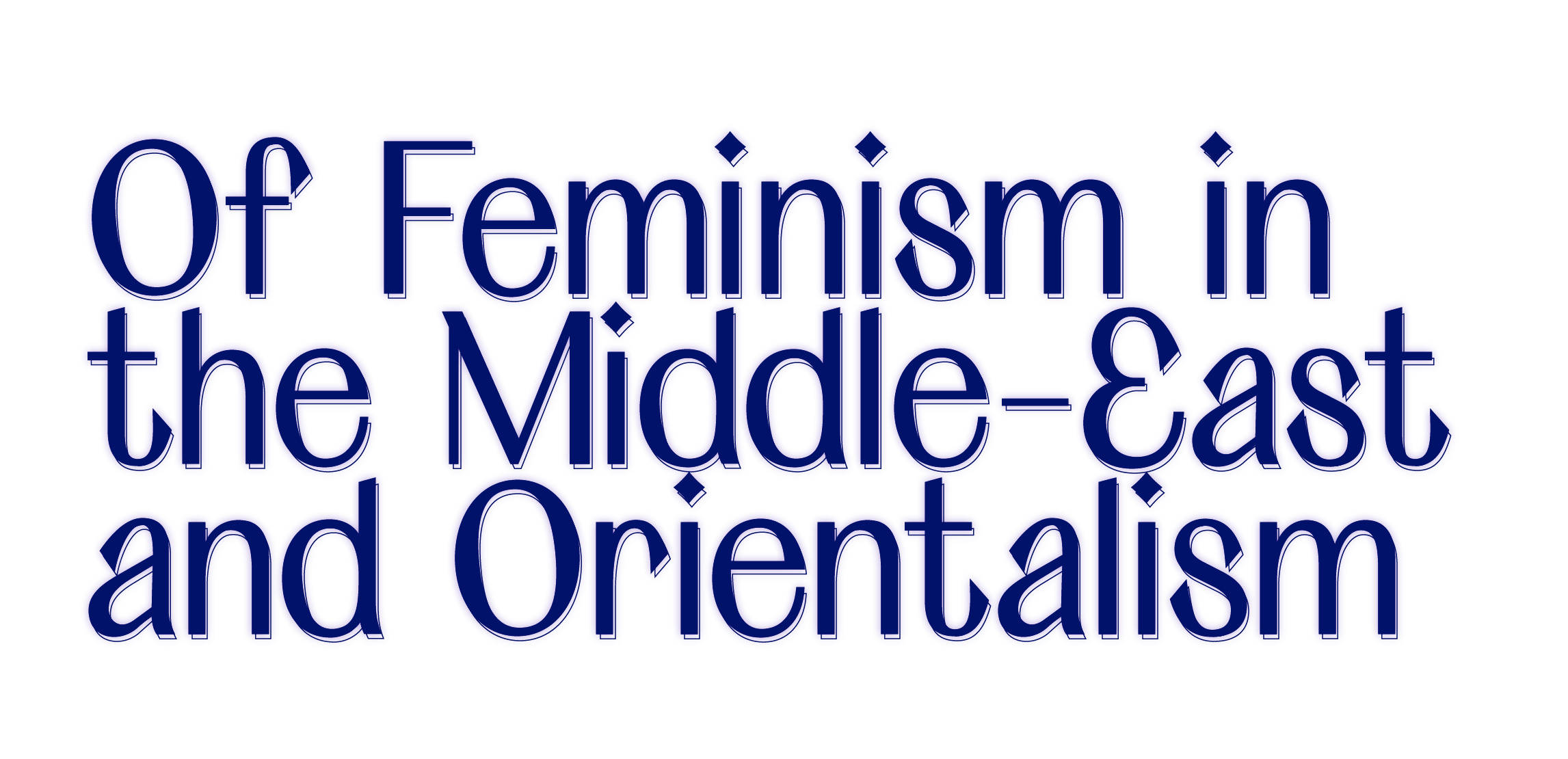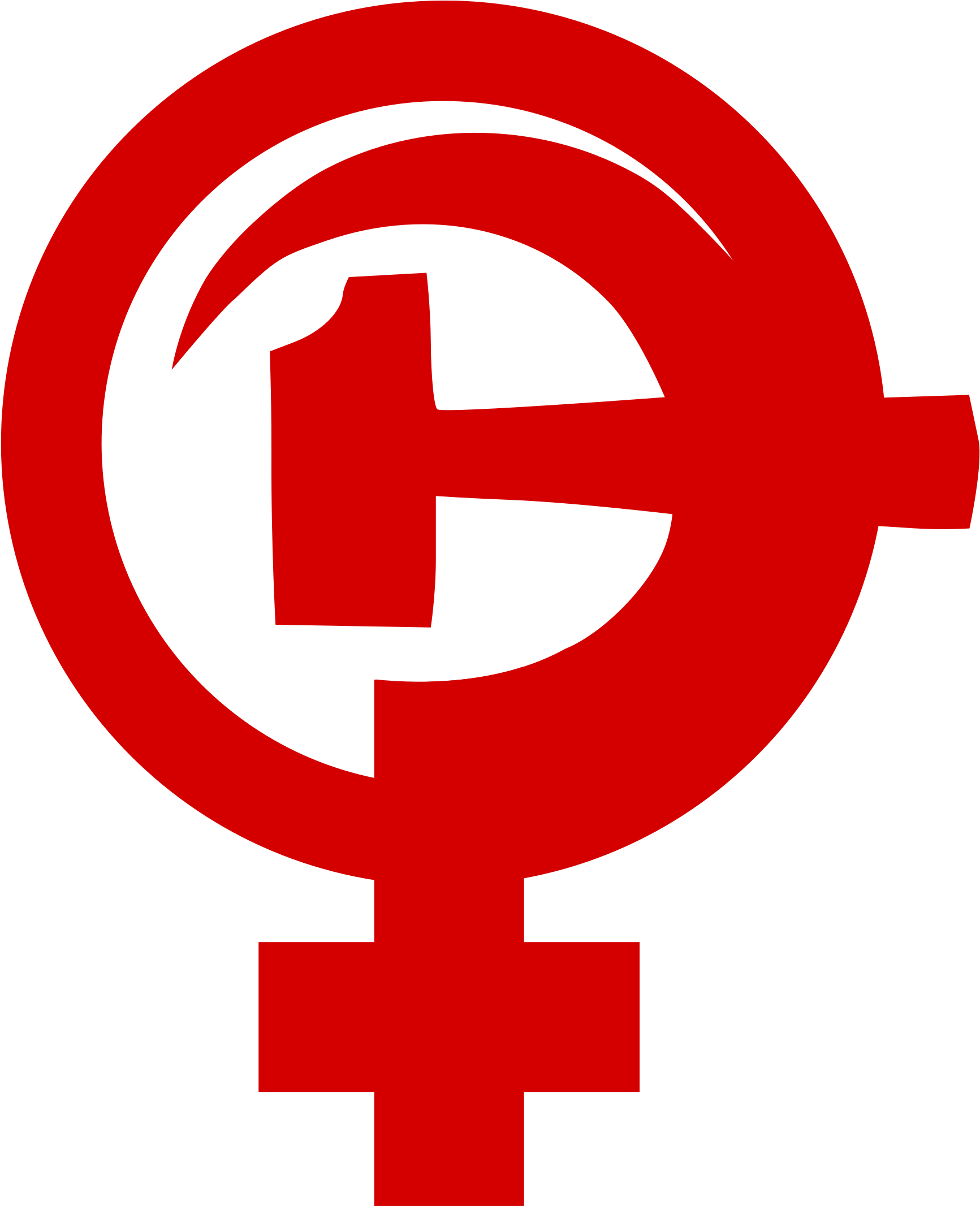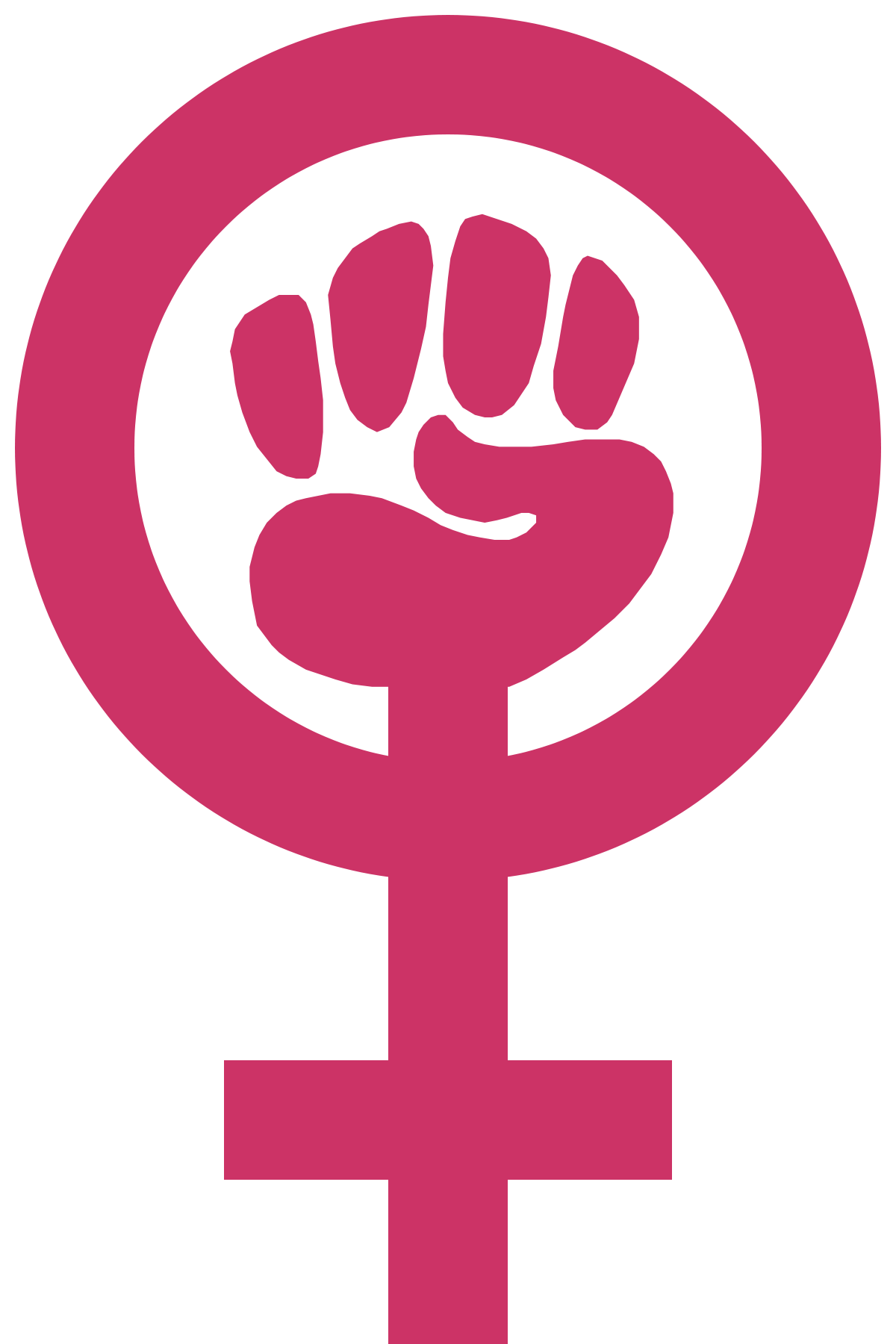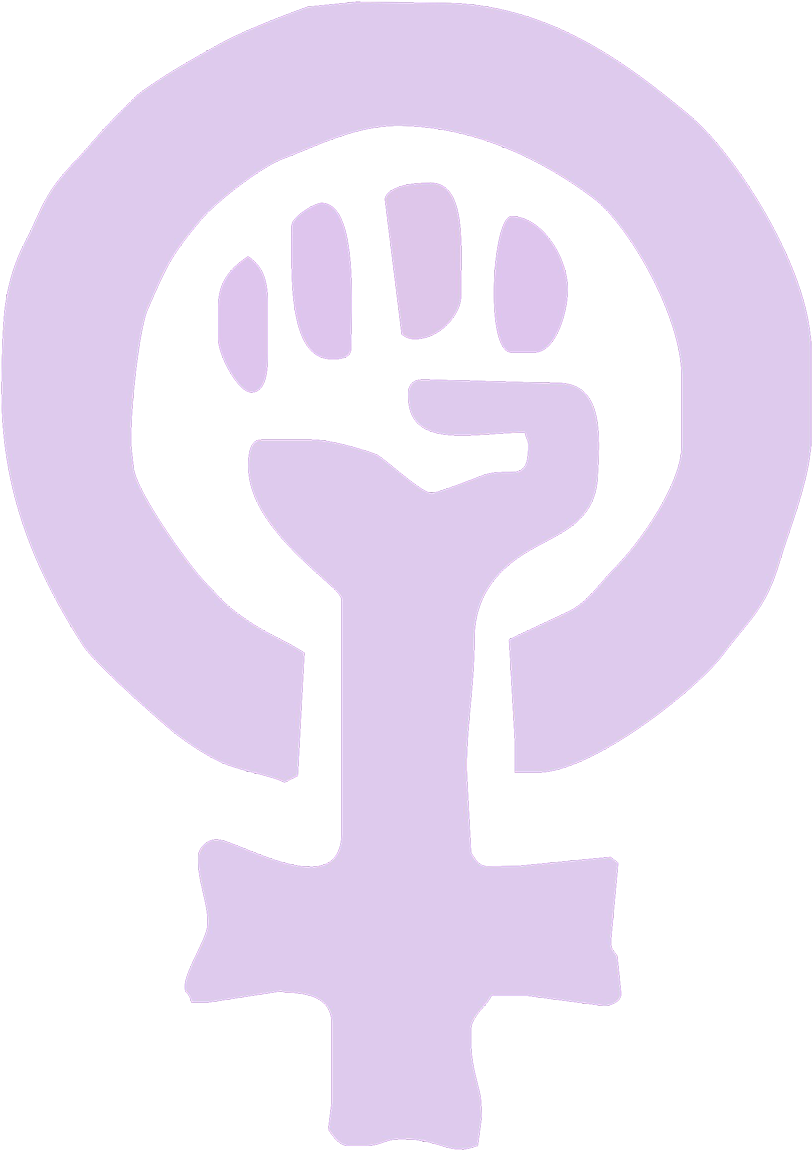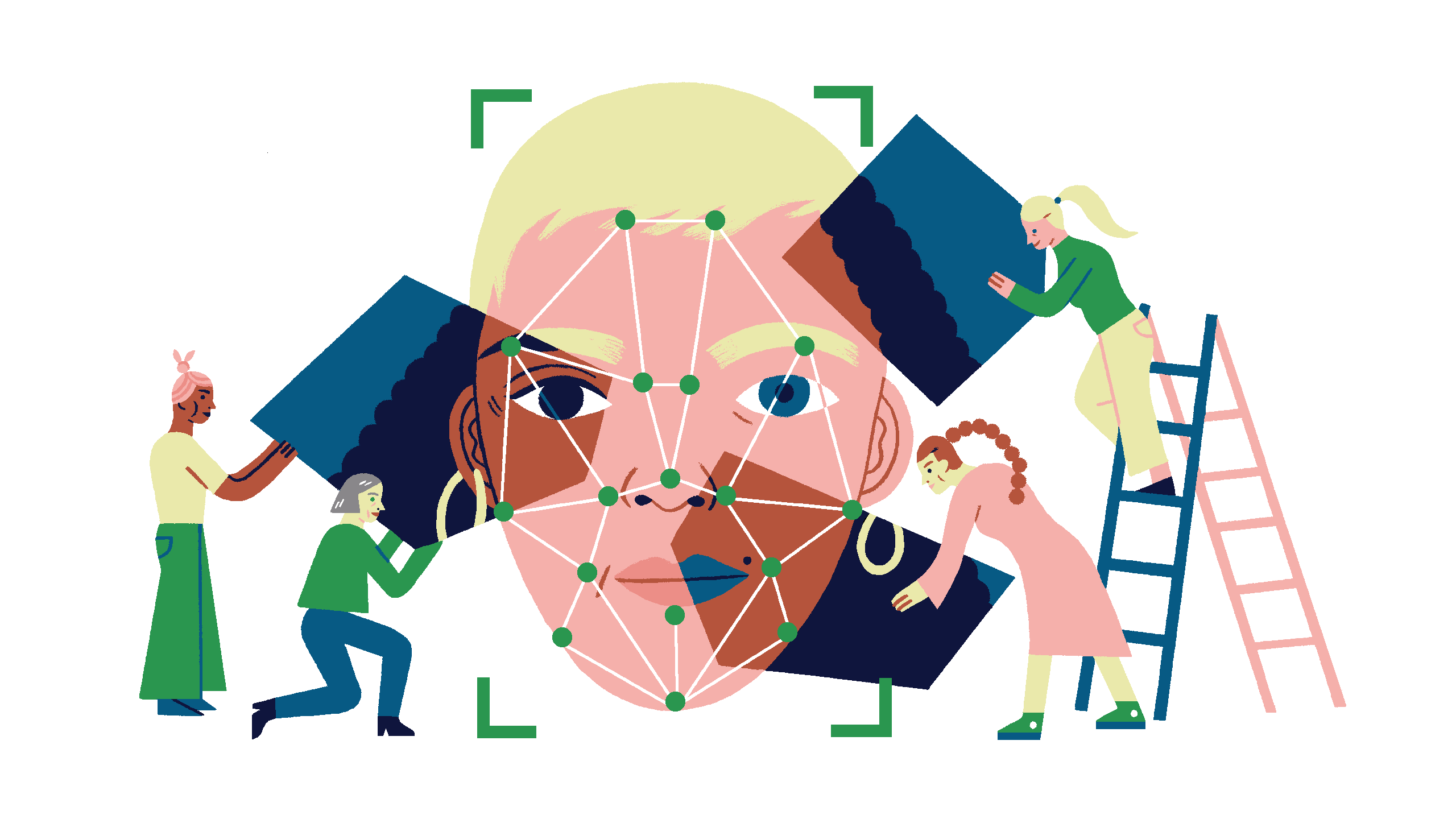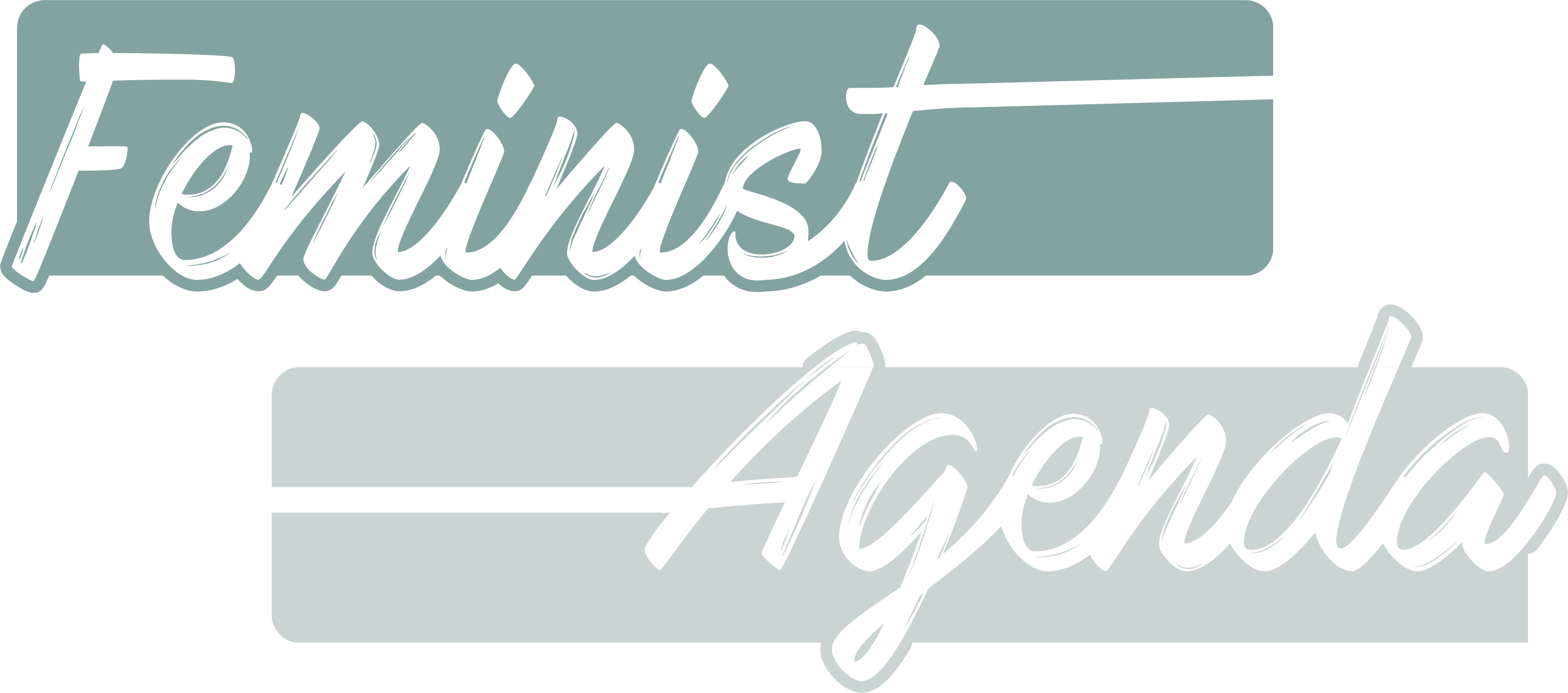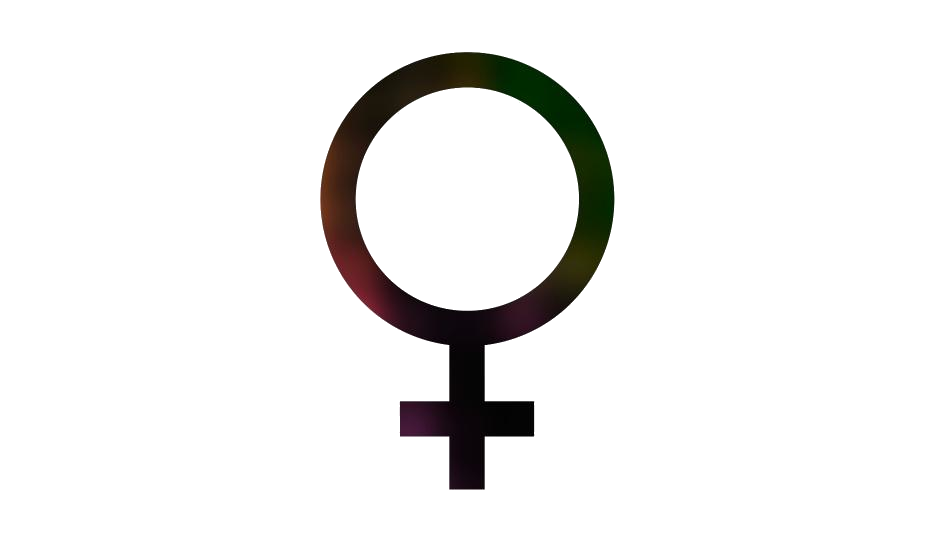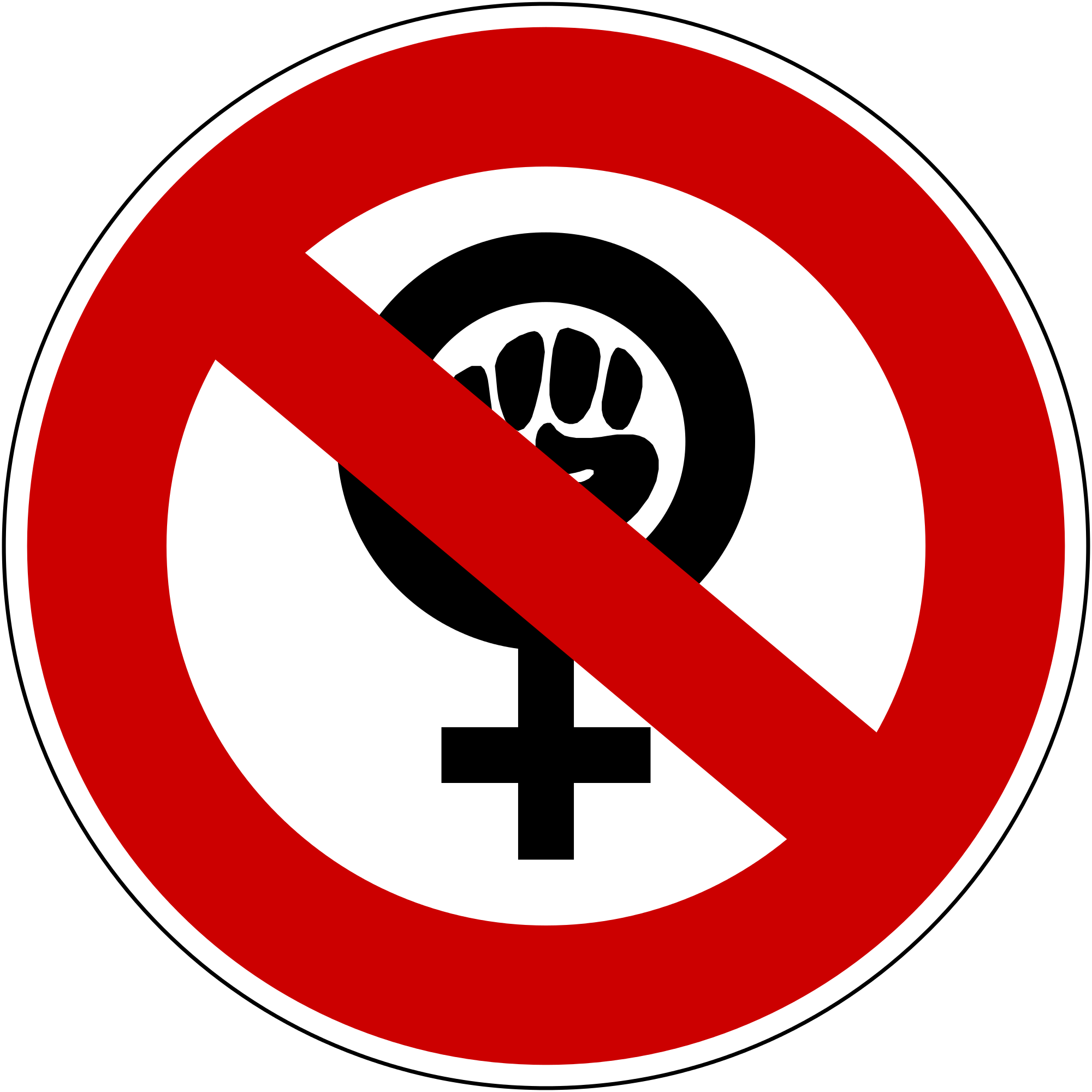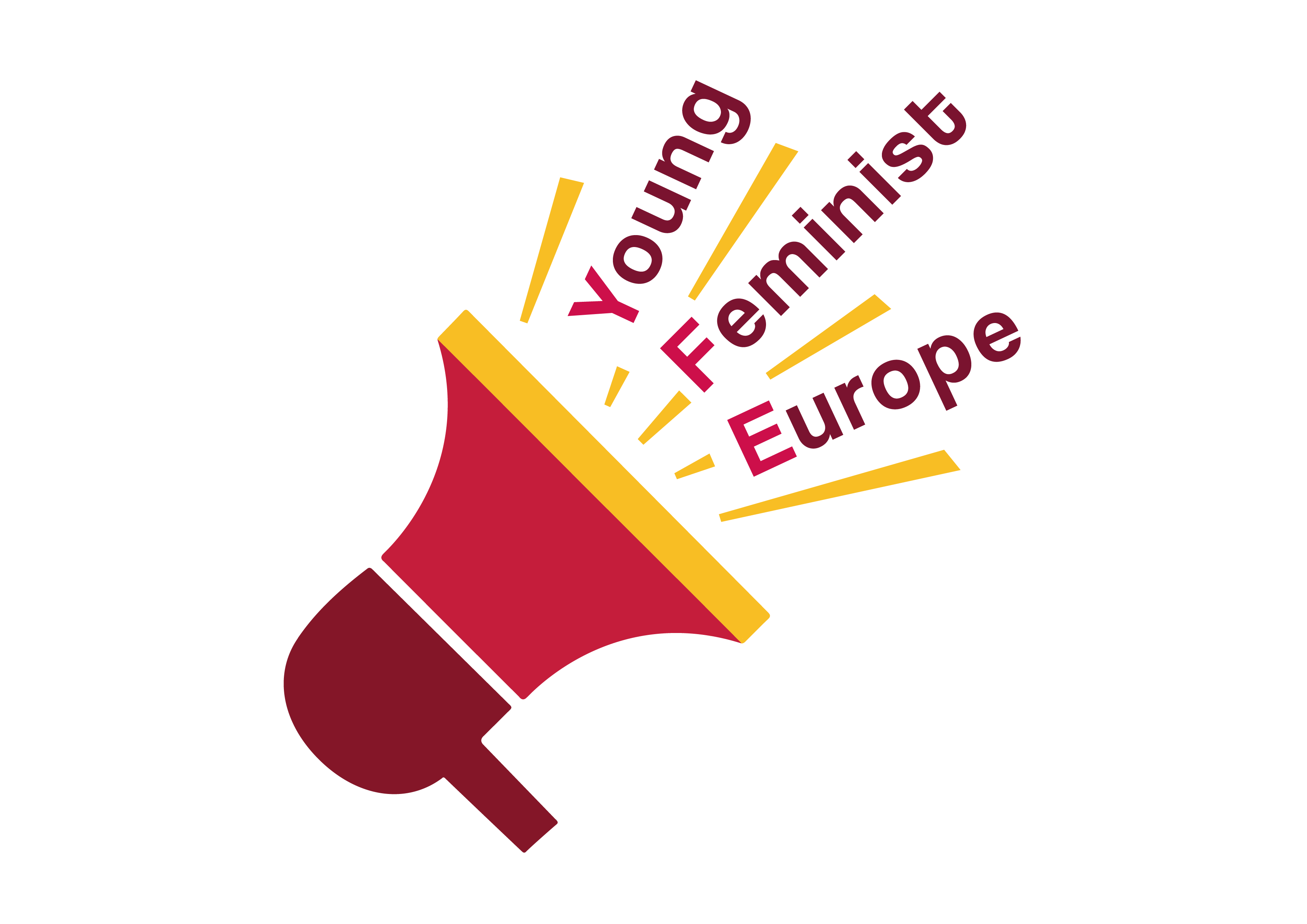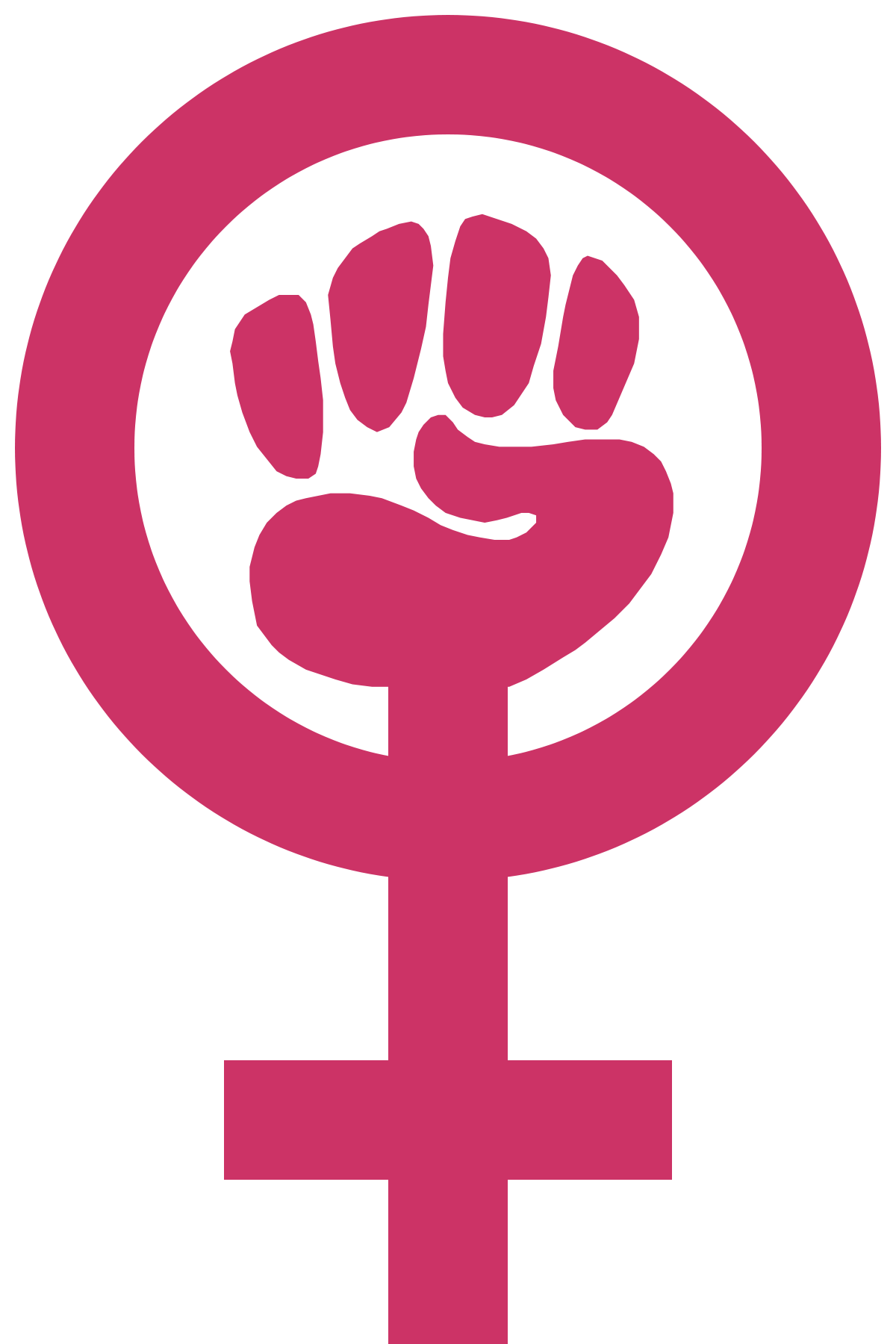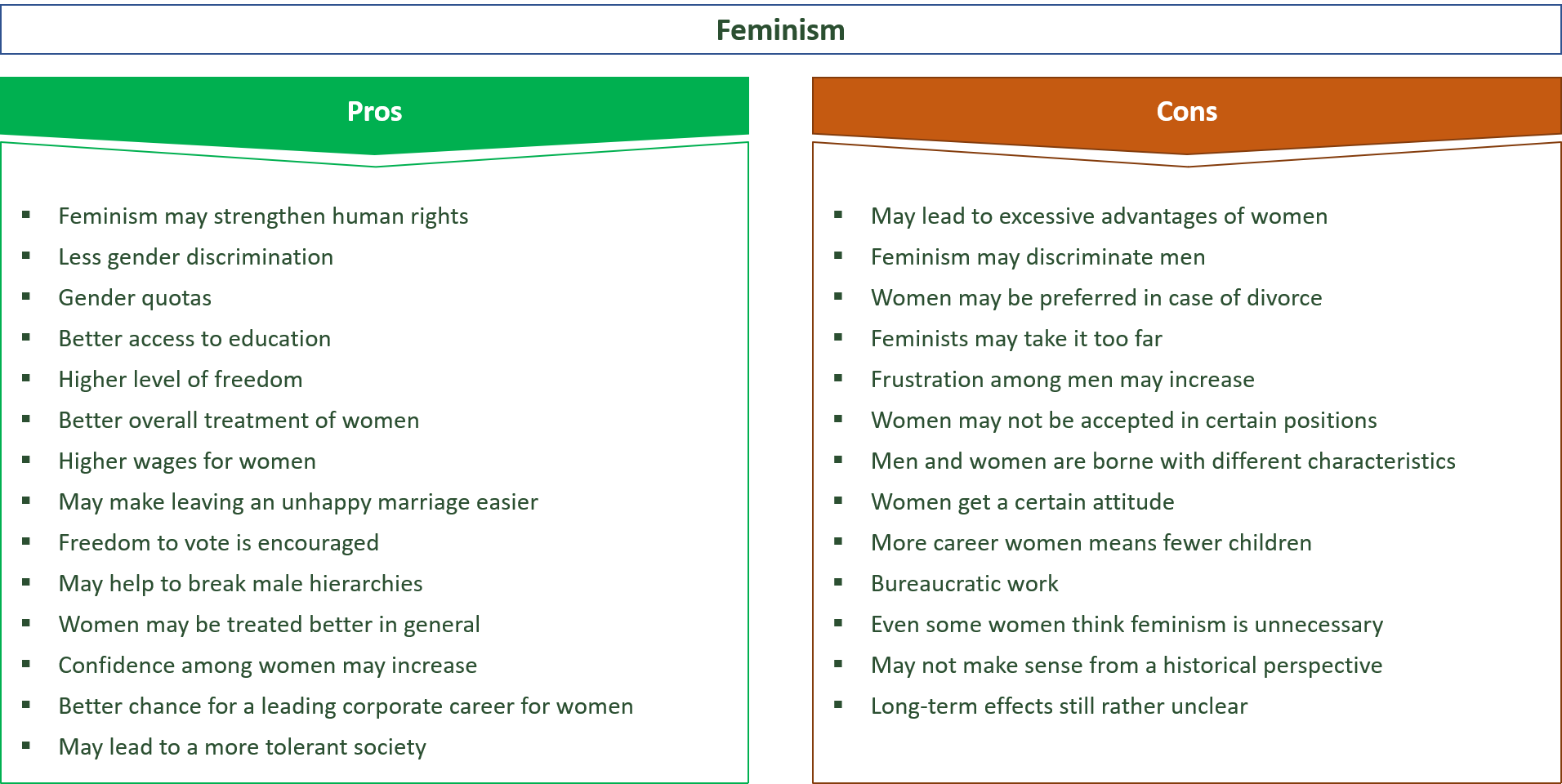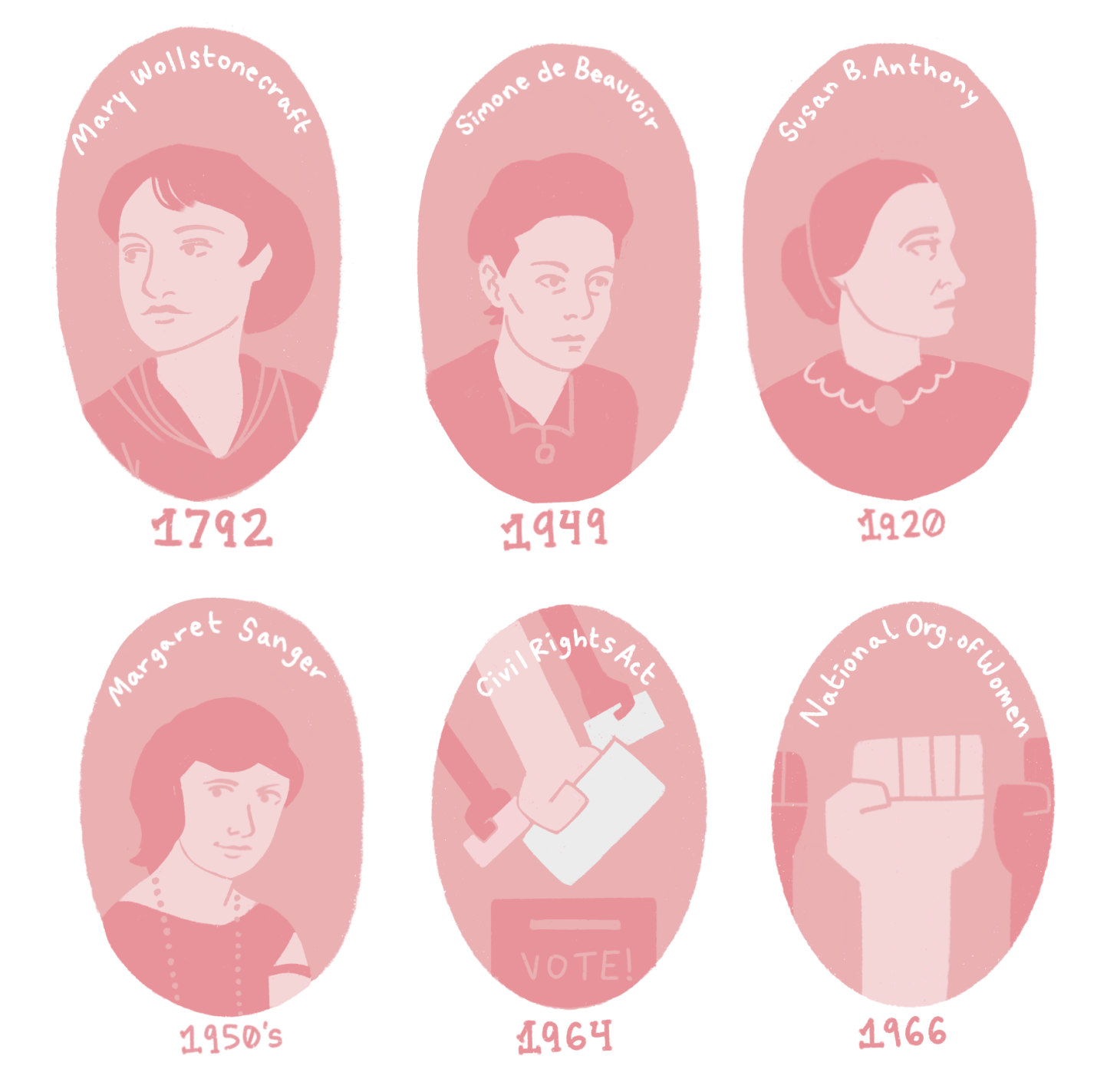Download top and best high-quality free Feminism PNG Transparent Images backgrounds available in various sizes. To view the full PNG size resolution click on any of the below image thumbnail.
License Info: Creative Commons 4.0 BY-NC
Feminism is a collection of social movements, political movements, and ideas to define and establish gender equality in politics, economics, personal life, and social life. Feminism believes that civilizations favor men’s viewpoints and that women are mistreated within those communities. Efforts to alter this include combating gender stereotypes and ensuring that women have equal educational, professional, and interpersonal opportunities and results as men.
Women’s rights, including the freedom to vote, hold public office, work, earn equal pay, own property, obtain an education, join contracts, have equal rights within marriage, and take maternity leave, have been championed by feminist groups. Feminists have also campaigned to protect women and girls from rape, sexual harassment, and domestic abuse and provide access to legal abortions and social inclusion. Feminist movements have frequently included changes in female clothing norms and acceptable physical activity.
Feminist initiatives are often credited for gaining women’s suffrage, gender-neutral terminology, reproductive rights for women (including access to contraception and abortion), and the freedom to engage in contracts and own property.
Although feminist activism has been primarily focused on women’s rights, some feminists say that men’s emancipation should be included in its goals since they think that conventional gender roles affect males. Feminist theory, which sprang from feminist movements, attempts to comprehend the nature of gender disparity by studying women’s social roles and lived experience; feminist theorists have produced theories in several fields to address gender issues.
A slew of feminist groups and philosophies have emerged throughout the years, each with its own set of goals and perspectives. First-wave liberal feminism, which sought political and legal equality through reforms within a liberal democratic framework, has traditionally been contrasted with labor-based proletarian women’s groups, which evolved through time into socialist and Marxist feminism based on class struggle theory.
Since the 1960s, both of these traditions have been pitted against radical feminism, which arose from the radical wing of second-wave feminism and called for a radical reordering of society to eliminate male supremacy; the “Big Three” schools of feminist thought are liberal, socialist, and radical feminism.
Many fresh kinds of feminism have arisen since the late twentieth century. Some types of feminism have been chastised for focusing solely on the experiences of white, middle-class, college-educated, heterosexual, or cisgender women. As a result of these criticisms, ethnically specific or multicultural varieties of feminism, such as black feminism and intersectional feminism, have emerged.
In 1837, a utopian socialist and French philosopher named Charles Fourier is credited with coining “feminism.” The terms “féminisme” (“feminism”) and “féministe” (“feminist”) first emerged in 1872 in France and the Netherlands, in the 1890s in the United Kingdom, and 1910 in the United States. “Feminist” first appeared in 1852, “feminism” first appeared in 1895.
Feminists worldwide have pursued various causes and aims, depending on the historical period, culture, and nation. Most feminist historians in the West believe that all movements striving for women’s rights should be classified as feminist movements, even if they did not (or do not) label themselves as such.
Others argue that the word should only be applied to the modern feminist movement and its offshoots. Historians use the term “protofeminist” to characterize previous movements.
Download Feminism PNG images transparent gallery.
- Feminism PNG Free Image
Resolution: 1301 × 861
Size: 74 KB
Image Format: .png
Download
- Feminism PNG Image File
Resolution: 2325 × 3375
Size: 204 KB
Image Format: .png
Download
- Feminism PNG Background
Resolution: 900 × 600
Size: 265 KB
Image Format: .png
Download
- Feminism PNG HD Quality
Resolution: 812 × 467
Size: 238 KB
Image Format: .png
Download
- Feminism Silhouette PNG Clipart
Resolution: 1200 × 1200
Size: 63 KB
Image Format: .png
Download
- Feminism Silhouette PNG Picture
Resolution: 774 × 1280
Size: 51 KB
Image Format: .png
Download
- Feminism PNG Photo Image
Resolution: 958 × 1280
Size: 207 KB
Image Format: .png
Download
- Feminism Transparent PNG
Resolution: 1984 × 1530
Size: 130 KB
Image Format: .png
Download
- Feminism Transparent File
Resolution: 7000 × 7000
Size: 828 KB
Image Format: .png
Download
- Feminism Silhouette PNG HD Image
Resolution: 706 × 1000
Size: 120 KB
Image Format: .png
Download
- Feminism PNG Free Download
Resolution: 2048 × 2048
Size: 530 KB
Image Format: .png
Download
- Feminism Download Free PNG
Resolution: 2000 × 3383
Size: 132 KB
Image Format: .png
Download
- Feminism
Resolution: 2042 × 2400
Size: 865 KB
Image Format: .png
Download
- Feminism PNG Image
Resolution: 852 × 569
Size: 198 KB
Image Format: .png
Download
- Feminism PNG Cutout
Resolution: 2469 × 1558
Size: 173 KB
Image Format: .png
Download
- Feminism Silhouette PNG Cutout
Resolution: 856 × 844
Size: 307 KB
Image Format: .png
Download
- Feminism Background PNG
Resolution: 1668 × 2224
Size: 227 KB
Image Format: .png
Download
- Feminism Vector PNG HD Image
Resolution: 2224 × 1668
Size: 243 KB
Image Format: .png
Download
- Feminism Vector PNG Image HD
Resolution: 1024 × 1362
Size: 1871 KB
Image Format: .png
Download
- Feminism PNG HD Background
Resolution: 3174 × 2470
Size: 341 KB
Image Format: .png
Download
- Feminism Transparent Image
Resolution: 640 × 905
Size: 386 KB
Image Format: .png
Download
- Feminism PNG
Resolution: 687 × 787
Size: 265 KB
Image Format: .png
Download
- Feminism Vector
Resolution: 1192 × 912
Size: 57 KB
Image Format: .png
Download
- Feminism PNG Pic
Resolution: 959 × 440
Size: 67 KB
Image Format: .png
Download
- Feminism Vector PNG
Resolution: 975 × 975
Size: 57 KB
Image Format: .png
Download
- Feminism Vector PNG Pic
Resolution: 859 × 864
Size: 552 KB
Image Format: .png
Download
- Feminism PNG File
Resolution: 2293 × 1110
Size: 235 KB
Image Format: .png
Download
- Feminism Silhouette
Resolution: 740 × 720
Size: 37 KB
Image Format: .png
Download
- Feminism Vector PNG File
Resolution: 1733 × 2133
Size: 75 KB
Image Format: .png
Download
- Feminism Vector PNG Image
Resolution: 5906 × 5906
Size: 513 KB
Image Format: .png
Download
- Feminism Silhouette PNG
Resolution: 2000 × 2000
Size: 24 KB
Image Format: .png
Download
- Feminism Silhouette PNG Pic
Resolution: 1029 × 620
Size: 50 KB
Image Format: .png
Download
- Feminism Silhouette PNG File
Resolution: 2048 × 2048
Size: 307 KB
Image Format: .png
Download
- Feminism Vector PNG Photo
Resolution: 1200 × 1800
Size: 58 KB
Image Format: .png
Download
- Feminism Vector PNG Cutout
Resolution: 1024 × 993
Size: 1201 KB
Image Format: .png
Download
- Feminism PNG Photo
Resolution: 1662 × 986
Size: 44 KB
Image Format: .png
Download
- Feminism Vector PNG Images
Resolution: 812 × 1150
Size: 134 KB
Image Format: .png
Download
- Feminism Silhouette PNG Image
Resolution: 1280 × 869
Size: 33 KB
Image Format: .png
Download
- Feminism Vector PNG Photos
Resolution: 2560 × 1440
Size: 116 KB
Image Format: .png
Download
- Feminism PNG Images
Resolution: 2856 × 1263
Size: 140 KB
Image Format: .png
Download
- Feminism Vector Transparent
Resolution: 1000 × 316
Size: 165 KB
Image Format: .png
Download
- Feminism PNG Photos
Resolution: 934 × 534
Size: 66 KB
Image Format: .png
Download
- Feminism Vector PNG Clipart
Resolution: 2000 × 2000
Size: 214 KB
Image Format: .png
Download
- Feminism Vector PNG Picture
Resolution: 1280 × 640
Size: 125 KB
Image Format: .png
Download
- Feminism Transparent
Resolution: 750 × 795
Size: 591 KB
Image Format: .png
Download
- Feminism PNG Clipart
Resolution: 3508 × 2480
Size: 132 KB
Image Format: .png
Download
- Feminism PNG Picture
Resolution: 1500 × 1941
Size: 102 KB
Image Format: .png
Download
- Feminism Silhouette PNG Photo
Resolution: 757 × 1024
Size: 60 KB
Image Format: .png
Download
- Feminism Silhouette PNG Images
Resolution: 824 × 877
Size: 75 KB
Image Format: .png
Download
- Feminism Silhouette PNG Photos
Resolution: 1110 × 1062
Size: 32 KB
Image Format: .png
Download
- Feminism PNG HD Image
Resolution: 1200 × 1800
Size: 73 KB
Image Format: .png
Download
- Feminism PNG Image HD
Resolution: 1024 × 1024
Size: 90 KB
Image Format: .png
Download
- Feminism No Background
Resolution: 1912 × 960
Size: 128 KB
Image Format: .png
Download
- Feminism Silhouette Transparent
Resolution: 1000 × 1198
Size: 22 KB
Image Format: .png
Download
- Feminism PNG Images HD
Resolution: 1456 × 1423
Size: 563 KB
Image Format: .png
Download

